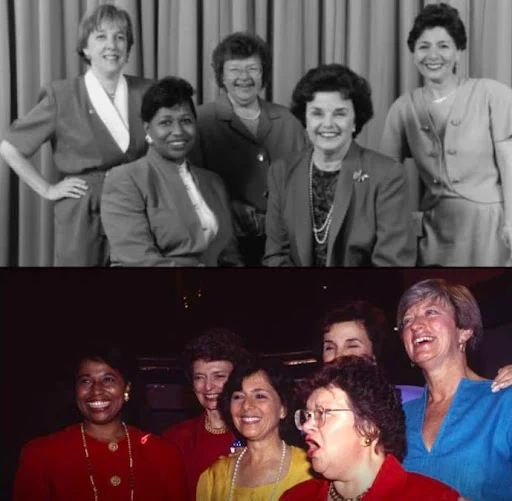Exploring the Principles and Impact of Third Wave Feminism
 |
National Women's History MuseumThe third wave of feminism emerged in the 1990s as a response to the achievements and limitations of the second wave feminist movement. This wave brought new perspectives, challenges, and goals to the forefront, expanding the discourse on gender equality to include issues of identity, diversity, and intersectionality. In this article, we delve into the key characteristics, achievements, and significance of third wave feminism.
Intersectionality and Inclusivity:
A hallmark of third wave feminism is its emphasis on intersectionality—the recognition that gender intersects with race, class, sexuality, disability, and other identities. This intersectional approach acknowledges the diverse experiences of women and seeks to amplify the voices of marginalized communities.
Embracing Diversity of Experiences:
Third wave feminists reject the notion of a universal "woman's experience." They celebrate the diversity of lived experiences and recognize that gender is just one aspect of a person's identity.
Reclaiming Symbols and Language:
This wave challenges traditional notions of femininity and masculinity by reclaiming symbols, language, and stereotypes. Activists aim to redefine what it means to be feminine or masculine on their own terms.
Sexuality and Agency:
Third wave feminism places a strong emphasis on sexual agency and empowerment. It addresses issues such as sexual consent, sex positivity, and the rejection of slut-shaming.
Online Activism and Technological Impact:
The rise of the internet has enabled third wave feminists to connect globally and engage in online activism. Social media platforms have played a crucial role in raising awareness about feminist issues, connecting communities, and mobilizing for change.
Pop Culture and Media Critique:
Third wave feminists engage with pop culture and media, critiquing harmful portrayals of women and challenging gender stereotypes in mainstream media. They advocate for diverse representation that accurately reflects the experiences of all individuals.
Challenges and Critiques:
While third wave feminism has achieved significant progress, it also faces challenges. Critics argue that its focus on individual empowerment can sometimes neglect broader systemic issues, and that online spaces can perpetuate toxic behaviors.
Conclusion:
The third wave of feminism marks a significant evolution in the feminist movement, expanding the focus beyond legal and political rights to address issues of identity, representation, and intersectionality. By embracing diversity, reclaiming symbols, and engaging with pop culture, third wave feminists have redefined the boundaries of feminist discourse. This wave has paved the way for ongoing conversations about gender equality, social justice, and the need to create a more inclusive world that recognizes the full spectrum of human experiences.
Post a Comment for "Exploring the Principles and Impact of Third Wave Feminism"